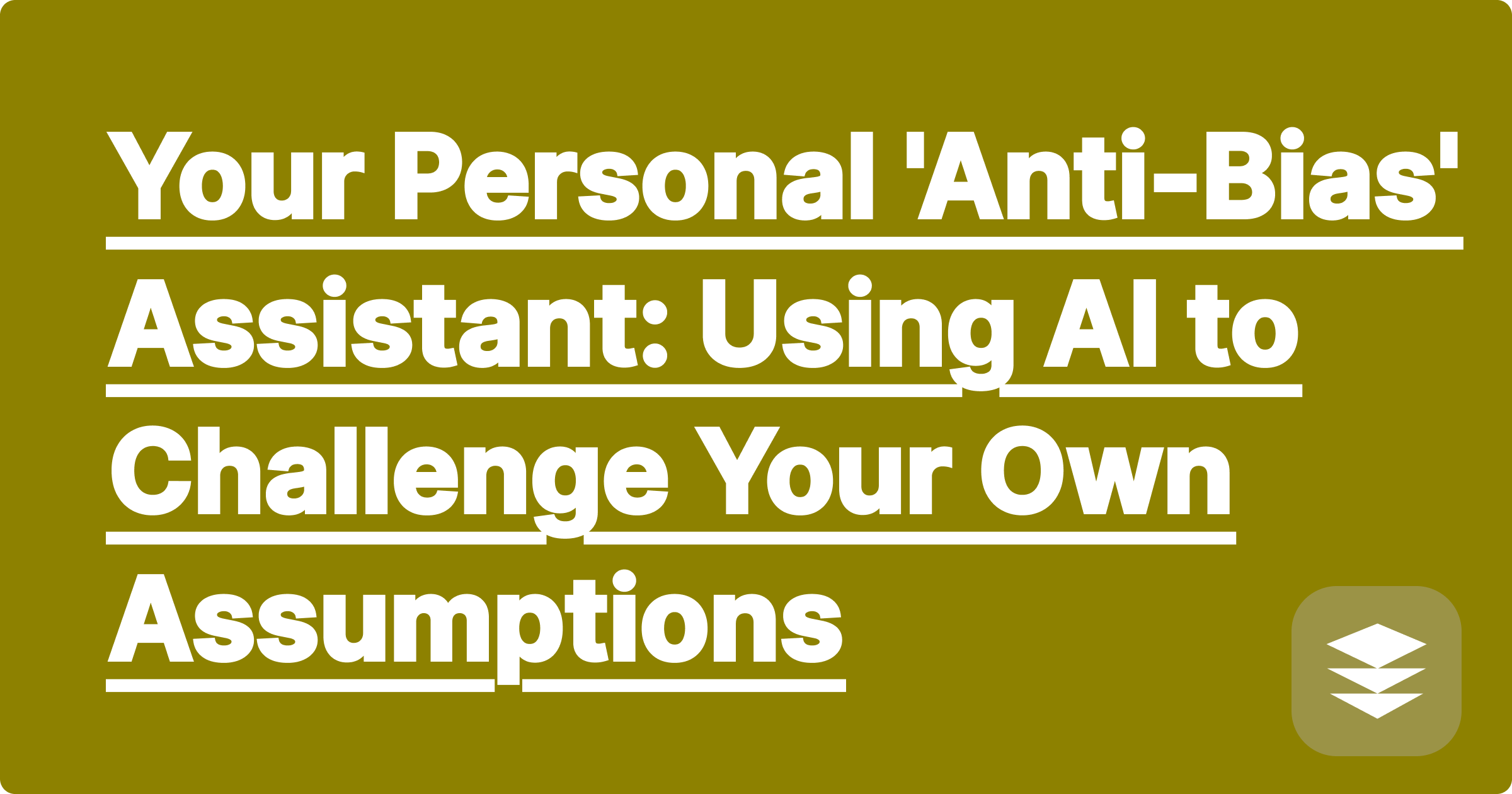
The most difficult part of how to think critically is not about spotting the flaws in other people's arguments; it's about spotting the flaws in your own. Our brains are wired with cognitive biases—mental shortcuts that help us make quick decisions but can also lead to errors in judgment. Confirmation bias, for example, is our tendency to favor information that confirms our existing beliefs. We are often blind to our own logical fallacies.
What if you had a thinking partner who was completely impartial? A partner with no emotions, no pre-existing beliefs, and a perfect understanding of formal logic? This is one of the most powerful and underutilized applications of an AI assistant. You can use a tool like GPAI Solver as your personal cognitive bias checker and logical sparring partner.
"Red teaming" is a practice used by organizations to find flaws in their own plans by having a designated team act as the adversary. You can use AI to "red team" your own essays, reports, and arguments.
The Workflow:
[Image: A user typing an argument into the GPAI Solver. The AI's output is a bulleted list titled "Potential Logical Fallacies Detected," with items like "Confirmation Bias" and "Hasty Generalization" and brief explanations. Alt-text: An AI cognitive bias checker helping a user to think critically.]
This process can be uncomfortable, but it's also incredibly powerful.
As you do this, you can use GPAI Cheatsheet as a note taker to build a personal "Logical Fallacies" cheatsheet. For every bias the AI finds in your writing, you can add it to your list with a definition and an example from your own work. This trains you to spot these errors automatically in the future.
Using AI in this way is the opposite of cheating. It's a profound exercise in intellectual honesty. You are actively seeking out the flaws in your own thinking in order to make your work better. It's a powerful way to train yourself to become a more rigorous, logical, and persuasive thinker.
A: AI language models are trained on a massive corpus of text, including books on logic, rhetoric, and psychology. They are exceptionally good at recognizing patterns in language that are characteristic of common logical fallacies and cognitive biases. While not perfect, they can spot inconsistencies and unstated assumptions with surprising accuracy.
A: That's part of the process! The AI's feedback is a starting point for your own critical thinking. The act of forming a rebuttal to the AI's critique ("No, this isn't a straw man argument, and here's why...") further strengthens your own understanding and a-gument.
The world is full of weak arguments and flawed reasoning. By turning your AI assistant into a personal sparring partner, you can train yourself to see through the noise, challenge your own biases, and build arguments that are clear, coherent, and compelling.
[Start building a more critical mind today. Use GPAI Solver to challenge your assumptions. Sign up for 100 free credits.]
Is 'Knowing' Obsolete? The Future of Education in the Age of AI
How AI Can Help Us Rediscover the 'Play' in Learning
Your Personal 'Anti-Bias' Assistant: Using AI to Challenge Your Own Assumptions
The Ethics of 'Perfect' Submissions: A Conversation About the 'Humanizer'
Beyond STEM: How an AI Solver Can Help with Philosophy and Logic Proofs
The 'Forgetting Curve' is Now Optional: How AI Creates Your External Memory
Can an AI Have a 'Eureka!' Moment? Exploring a Model's Inner Workings
From Information Scarcity to Abundance: A New Skillset is Required
Just Trust Me, Bro': Why Showing Your Work (with AI) Builds Credibility